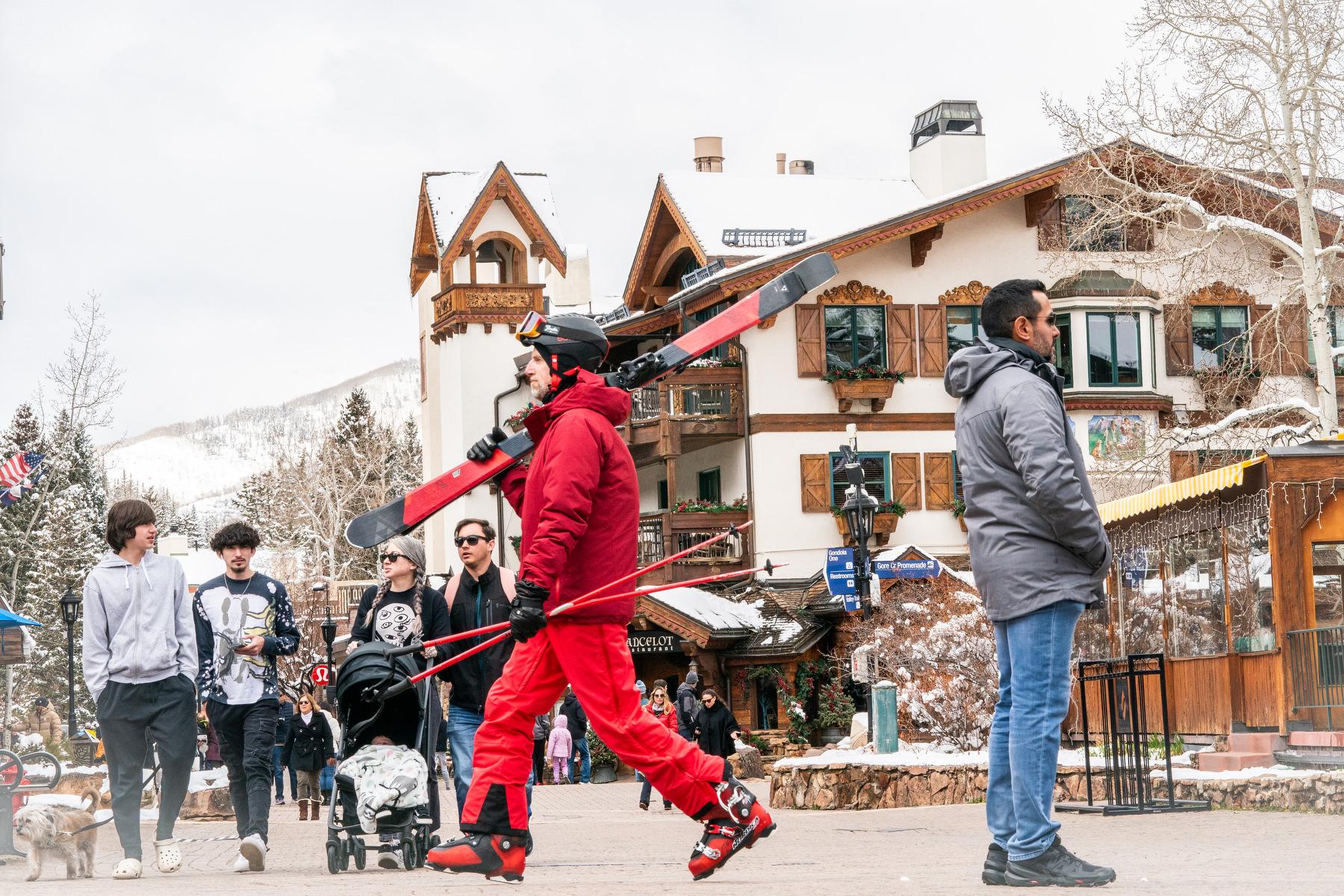
Tourism in Colorado’s mountain towns popped late in the ski season, making up for some lost ground even as many other winter sports destinations languished.
Poor snow conditions in much of the U.S., including Colorado, kept people away from the mountains in the early winter months this season. The occupancy rate for hotels and vacation rentals in western resort communities was down 4 percent compared to last year, according to data provider DestiMetrics.
But Colorado’s ski areas pulled ahead in April, the data show.
“Winter at Colorado resorts was essentially uniformly stronger, “ said Tom Foley, a senior vice president at Inntopia, which runs DestiMetrics. “While snowfall was moderate for much of the season, when it did arrive, resorts in Colorado were beneficiaries of regular winter weather, unlike many other western destinations.”
But even with the late season bump, lodging revenues in Colorado’s ski towns were down from last year, DestiMetrics data show.
Colorado’s summer bookings are up compared to the same time a year ago, but it’s still too early to know how the season will turn out. The state’s bookings are so far outpacing its neighbors.
Typically, other western states get more visitors during the summer because of the abundance of national parks and big draws like Lake Tahoe, according to Foley.
The average cost of a room in Colorado’s mountain towns this summer hasn’t really budged from last year at about $382. Relatively cheap lodging could be part of the draw for Colorado as room rates in other states are up substantially, Foley said.
Vacation costs are finally starting to stabilize after a pandemic-fueled surge in prices for airfare and hotel rooms. People are still spending on travel, but not as freely as they were a couple of years ago. Financial experts are analyzing data like how much people are willing to spend on vacations to get a read on what’s happening in the economy.









